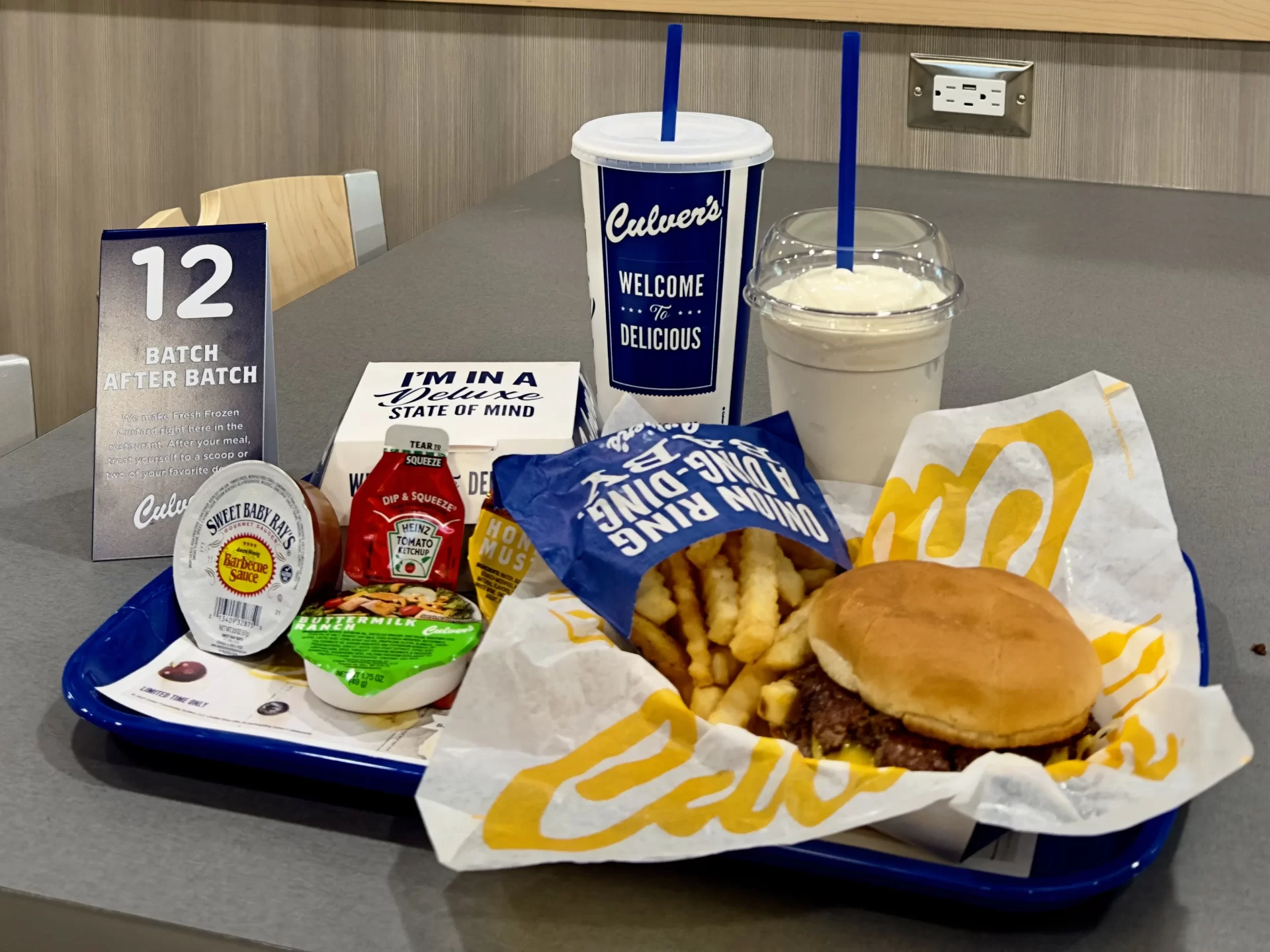PROVIDED BY STATE FARM
When preparing for a move, you might be hiring movers, packing, and transferring your homeowners or renters insurance to your new address. But what about getting moving insurance?
Most people don’t realize that homeowners or renters insurance might not cover loss or damage to your possessions while in transit. Since moving puts your belongings at risk for all kinds of unforeseeable mishaps, having insurance for moving can give you peace of mind should anything go awry.
Here’s what you need to know to make sure you’re protected for your next move.
Does my homeowners policy cover a move?
Although it’s not standard, some homeowners policies will cover your property during a move. Review your policy or talk with your agent to see if your property is insured while in transit or storage.
Where do I get moving insurance?
Moving companies offer various insurance options (www.protectyourmove.gov/consumer/awareness/valuation/valuation-insurance.htm), two of which are mandated by federal law. The types are:
• Released value coverage (or basic carrier liability). As the most basic coverage required by federal law, this liability coverage is free and based on weight, paying up to 60 cents per pound for an item. But if your $500 one-pound tablet gets damaged during a move, well, it hardly comes close to paying the full replacement value.
• Full value protection (or full replacement value protection). Also required by federal law, this coverage has to be purchased, but experts recommend it because it pays for either the current market replacement value of an item, replacement with a similar item, or the item’s repair. If you opt for full value protection, make sure to get details of your moving company’s specific plan to see how it determines replacement value, especially for items of extraordinary value, and to learn what actions might limit your mover’s liability.
• Separate liability insurance. Some movers might offer this optional insurance for purchase. Governed by state law, separate liability insurance pays for the insurance amount purchased minus the basic carrier liability amount that the mover pays (up to 60 cents per pound). If you go this route, make sure you get a copy of your policy and understand the amount of insurance you purchased and the cost for this coverage.
What if I do the move myself?
Most likely, your homeowners or auto insurance policy won’t cover your possessions if you transport it in your personal vehicle or in a rental vehicle. If that’s the case, then you assume the risk if you use your own vehicle for the move. Truck rental companies, on the other hand, offer insurance that not only protects the rental vehicle, but also the driver, passengers, and your cargo, depending on the type of coverage you choose.
What do I need to file a claim?
To file a claim of loss or damage, you may need to prove that the lost or damaged item was actually moved by the movers and not damaged beforehand. A comprehensive moving inventory list (www.statefarm.com/customer-care/moving-checklist)—which should include items of extraordinary value like jewelry, silverware, and digital devices—can help support your claim, so make sure it is complete before the movers transport your property. It’s also wise to take before and after pictures and file your claim promptly to facilitate reimbursement.
Any way you look at it, moving insurance can provide some protection and peace of mind during an extremely stressful time. To learn more about protecting your next move, visit the Federal Motor Carrier Safety Administration’s The Household Goods Program (www.protectyourmove.gov).
Because insurance protection is a contract, any coverage descriptions in this article are general only and are not statements of contract. All coverages are subject to all policy provisions, including applicable endorsements.
State Farm® (including State Farm Mutual Automobile Insurance Company and its subsidiaries and affiliates) is not responsible for, and does not endorse or approve, either implicitly or explicitly, the content of any third party sites hyperlinked from this page. State Farm has no discretion to alter, update, or control the content on the hyperlinked, third party site. Access to third party sites is at the user’s own risk, is being provided for informational purposes only and is not a solicitation to buy or sell any of the products which may be referenced on such third party sites.
The information in this article was obtained from various sources not associated with State Farm®. While we believe it to be reliable and accurate, we do not warrant the accuracy or reliability of the information. These suggestions are not a complete list of every loss control measure. The information is not intended to replace manuals or instructions provided by the manufacturer or the advice of a qualified professional. Nor is it intended to effect coverage under our policy. State Farm makes no guarantees of results from use of this information.






